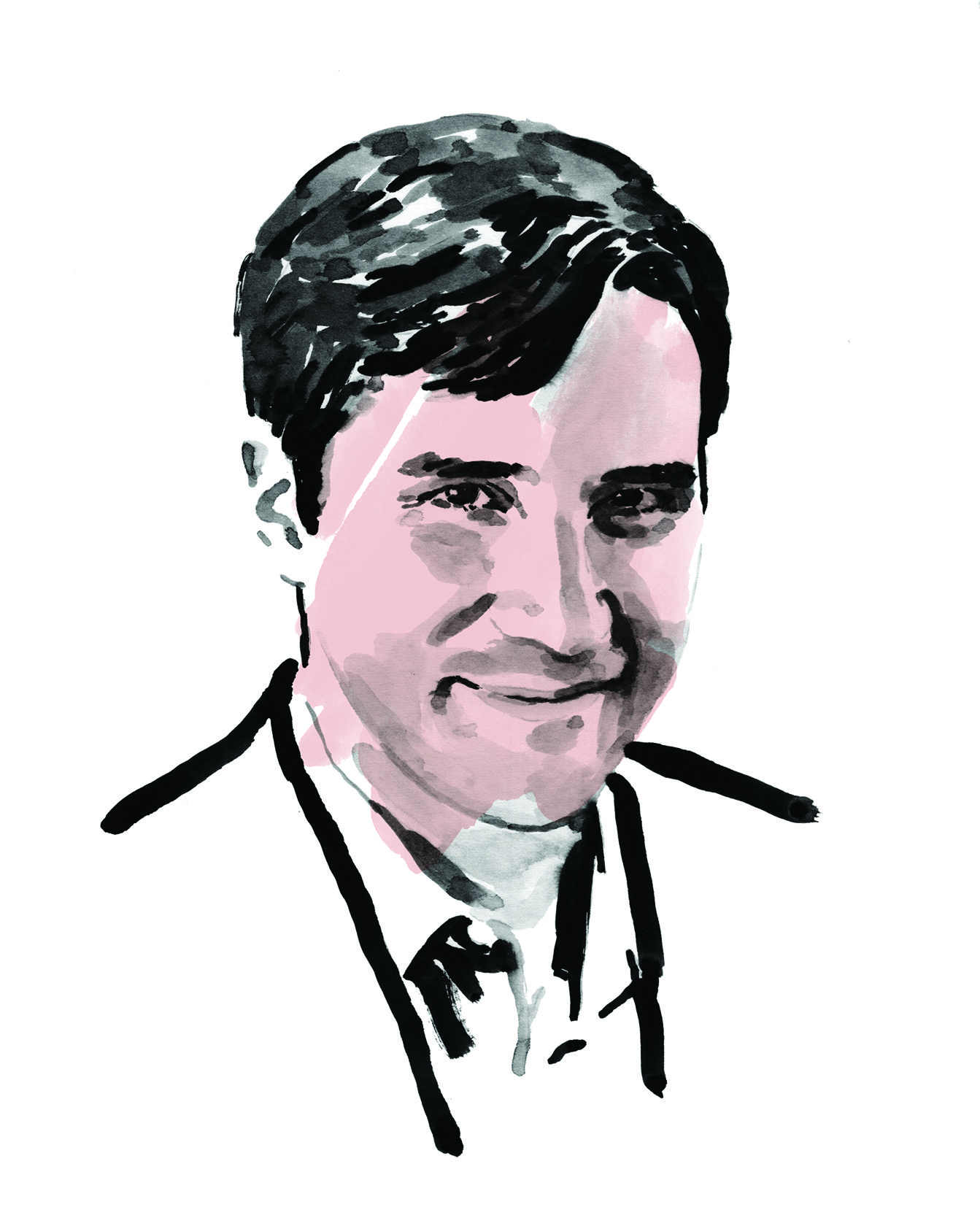Energy & sustainability
David Warsinger
His system could alleviate the drawbacks of existing desalination plants.

China
Jinxing Zheng
Exploring controllable nuclear fusion technology to solve the global energy problem

Global
Rebecca Saive
She found a way to make solar panels cheaper and more efficient.

China
Chong Liu
Extracting substantial mineral resources from the ocean

Global
Avinash Manjula Basavanna
His biodegradable plastic protects against extreme chemicals, but heals itself using water.
